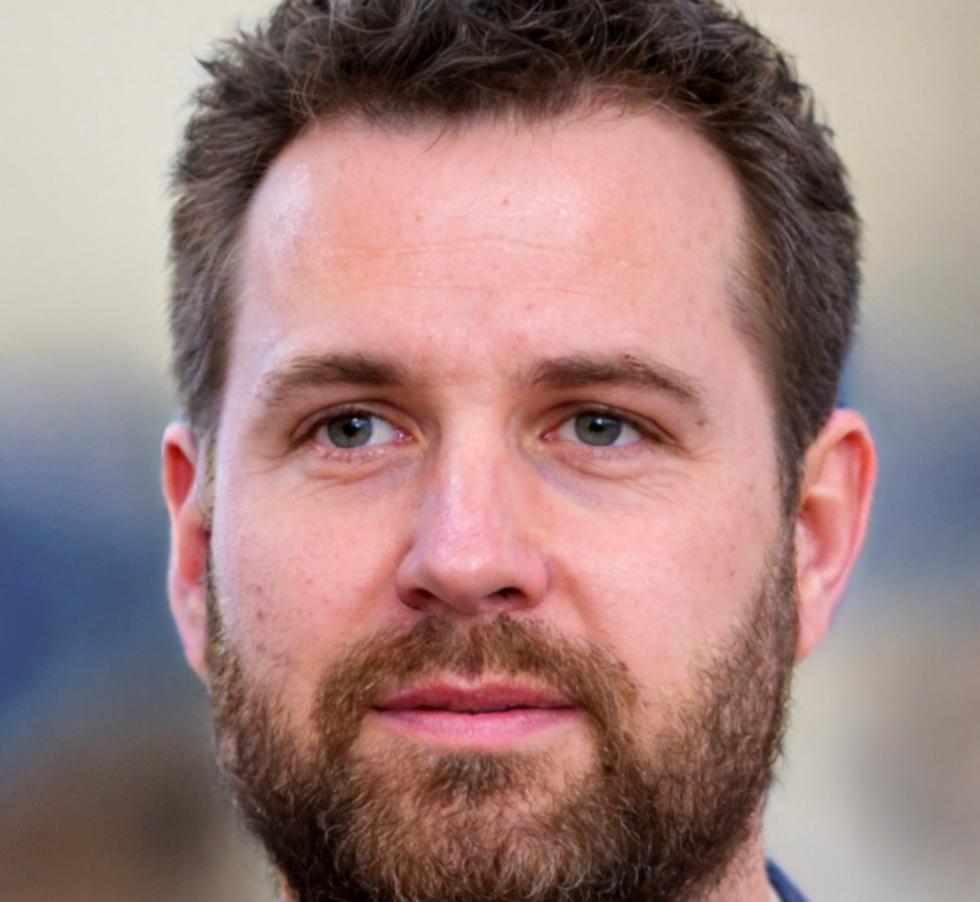Building Financial Literacy Through Real Experience
We started calorivenq in 2018 after spending years watching people make avoidable financial mistakes. Not because they weren't smart enough, but because nobody had shown them the practical side of financial analysis. The textbook stuff rarely matches what you encounter when dealing with actual business decisions or personal investments.
Explore Our ProgramsHow We Got Here
Before calorivenq existed, we were consultants working with mid-sized businesses across the Australian east coast. Time and again, we'd see the same patterns. Business owners who couldn't read their own financial statements properly. Managers making expansion decisions based on gut feeling rather than data analysis.
The breaking point came during a 2017 project in Newcastle. A manufacturing client was about to invest heavily in new equipment based on projections that didn't account for seasonal cash flow variations. We caught it, but just barely. That's when we realized—there's a genuine need for accessible financial education that bridges theory and practice.
So we shifted focus entirely. Started small with weekend workshops in Port Macquarie. The response surprised us. People weren't looking for get-rich-quick schemes or complex algorithmic trading. They wanted to understand balance sheets, cash flow statements, and how to interpret financial ratios in context.

What Drives Our Teaching Approach
We've built our programs around principles we learned from years of hands-on financial work. These aren't marketing slogans—they're the actual frameworks we use when designing curriculum.
Context Over Formulas
Financial ratios and metrics only mean something when you understand the business context behind them. We teach interpretation, not just calculation. A current ratio of 1.5 might be healthy for a retail business but concerning for a software company with different cash flow patterns.
Realistic Scenarios
Our case studies come from actual situations we've encountered or adapted from real businesses. You'll work with messy data, incomplete information, and conflicting objectives—because that's what financial analysis looks like outside the classroom.
Progressive Complexity
We start with fundamental concepts and build gradually. You don't learn advanced cash flow modeling until you're comfortable reading basic financial statements. Each module assumes you've properly absorbed the previous material.
Honest Limitations
Financial analysis provides insights, not certainties. We're upfront about what the techniques can and cannot tell you. No method guarantees successful investment outcomes or business decisions—analysis reduces risk but doesn't eliminate it.
Who's Teaching
Our instructors have spent substantial time working directly in financial roles before transitioning to education. That practical background shapes how we structure every lesson and example. We know which concepts students typically struggle with because we struggled with them ourselves years ago.

Leif Torvaldsen
Director of Financial Education
Spent 12 years in corporate finance before co-founding calorivenq. Worked across manufacturing, retail, and professional services sectors. Leif handles our intermediate and advanced analysis courses, focusing on cash flow modeling and financial forecasting techniques.

Arvid Brandt
Senior Financial Analyst
Comes from a banking background with expertise in credit analysis and risk assessment. Arvid developed our foundational programs and teaches our introductory financial statement courses. His strength is breaking down complex concepts into digestible components.

Our Commitment to Students
When you enroll with calorivenq, you're getting access to structured learning that respects your time and intelligence. We don't inflate course lengths to justify pricing. Our programs focus on skills you'll actually use, taught at a pace that allows proper comprehension. Our next cohort starts in September 2025, with enrollment opening in July.
Get More Information